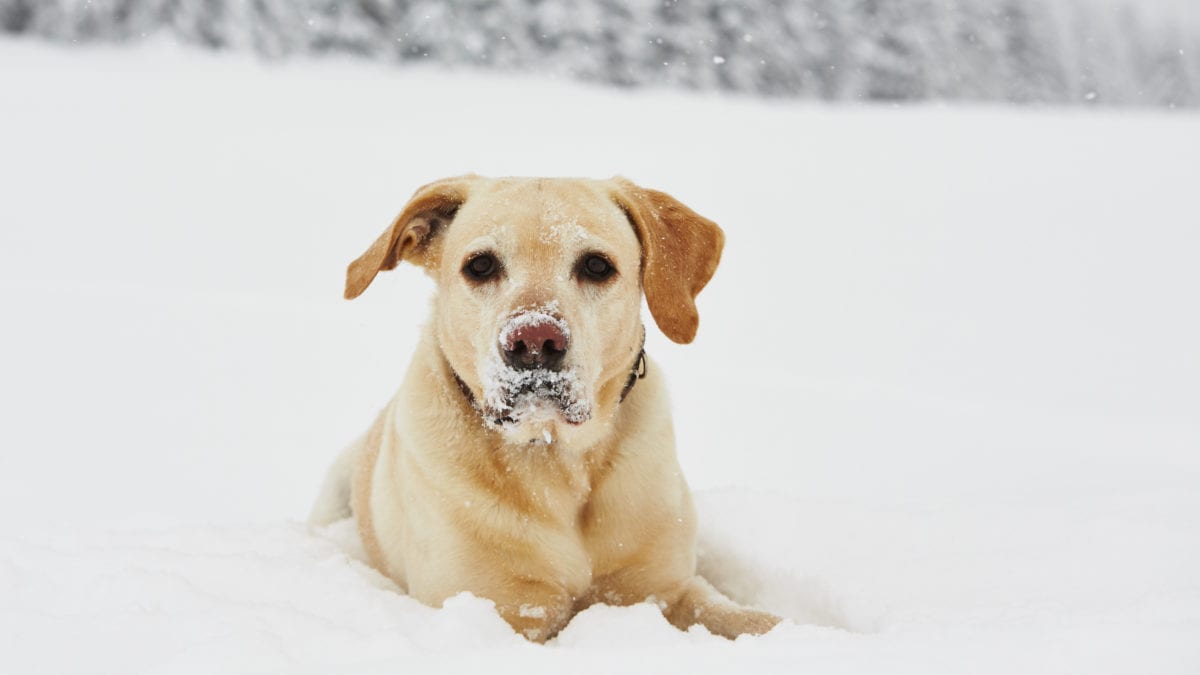A once in a lifetime Christmas Appeal (we hope)
With Christmas appeals in full development, Bluefrog Account Director, Katherine Howe shares the thinking behind one particular Bluefrog appeal. I hope you find it interesting...
As a fundraising Account Director, this time of year is normally full of questions like: Are the dogs allowed to wear Santa hats? Is red in the brand colours? What date does the Christmas Radio Times drop? But in a year like no other I’ve been asked a much harder set of questions: How should we approach our 2020 Christmas Appeal? Are donors getting tired of coronavirus emergency appeals? Should Christmas be back to business as usual?
As I am sure many of you are asking the exact same questions, in this blog post, I am going to give you an example. I will talk you through how we approached a Christmas Appeal for an assistance dog charity that we work with, to ensure that even a cause that doesn’t have an immediately obvious point of relevance to coronavirus feels contextualised.
At Bluefrog Fundraising HQ (so from our living rooms) research is showing that coronavirus is still on all of our minds and impacting all of our lives, so we can’t just stop talking about it. Communications need to be relevant and answer donors’ current needs as we move into a new phase of the crisis.
For this charity that meant we didn’t want to create a ‘Coronavirus Christmas Appeal’ but instead a ‘Christmas Appeal in the time of coronavirus’. It needed to feel like Christmas - heart-warming, donor (and dog) centric and positive, but it also had to acknowledge that it hasn’t been a normal year – for them or their donors.
They had also briefed us to do a regionalised appeal (due to its success in the past) and that immediately got me thinking about how important ‘community’ is this year - I am sure I am not the only one who has finally got to know my neighbours?! Our latest research told us that many of the positives that donors initially experienced as a result of the pandemic - a sense of ‘all being in it together’ and community spirit - are being lost, and that donors want to keep it going.
For me, this seemed like their chance to give donors a way to do that and so it needed to be a central part of the offer.
Finally, as a nation we’ve also had a small taste of the challenges and feelings of isolation that not being able to leave your house whenever you want to, can bring. This also provided a hugely important and unique point of connection for donors, as (of course in only a small way) they have been able to understand what it could be like for someone living with a disability - except that for them, these possible feelings of isolation are not something they only experience in lockdown.
This led us to three key briefing points for this year’s Christmas Appeal:
- Acknowledge our shared experiences
- Give donors the chance to feel part of a positive community
- Leverage the increased relevance of living with a disability
Our creative team took this and wove the messaging into our traditional Christmas appeal; for example:
We wrote to them recognising what they have been through:
It has been a turbulent year for everyone. We’ve all experienced being unable to go out to shop for food or essentials, and to see those we love.
We brought them together as a community:
This year, we all learned the power of lending a helping hand in our community. This Christmas will you lend a paw?
You could help give a life-changing dog to somebody who needs one in <your region>.
We took donors on a journey they’ve experienced:
You could give a gift we’ve all learned to appreciate this year – the gift of freedom.
We wanted to make it feel like an appeal that could only be sent this year, through the design as well. We chatted with the creative team about the ways in which our own local communities had come together and realised we have all received a lot of little notes through our letterboxes offering help with shopping, sending recipes or asking us to check in on our elderly or more vulnerable neighbours. Donors would have had the same, so we wrote them another one. This time from an assistance dog owner telling her wonderful story of getting her dog, thanks to donors like them, and asking them to help someone else nearby.
We are still developing the appeal so these are just a few examples, but it was great to put the insight we’ve spent so long acquiring into practice – allowing the charity to show that they really know and care about their donors.
Tags In
Related Posts
1 Comment
Comments are closed.
The Essentials

Crack the Code to Regular Giving: Insights, Strategies, and a Special Giveaway!

‘Tis Halloween. Keep to the light and beware the Four Fundraisers of the Apocalypse!

Why do people give? The Donor Participation Project with Louis Diez.

A guide to fundraising on the back of a postcard

What does the latest research tell us about the state of fundraising?







[…] A once in a lifetime Christmas Appeal (we hope) […]